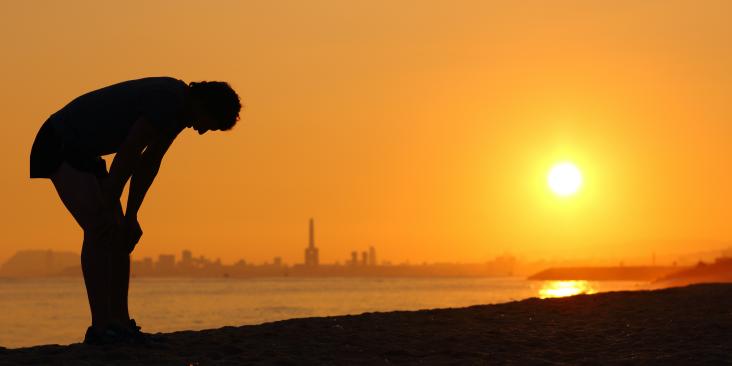Climate change is scorching the globe, including areas previously thought to be low-risk.
And the firsts keep coming, with record-breaking daytime highs across many locations, plus unheard-of high nighttime temperatures — all of which take an especially brutal toll on those without air conditioning, outdoor workers, older people and anyone with health issues.
Topping a decade of record-breaking heat, 2024 was the hottest year ever recorded.
Dangerous heat waves in a warming world
There is a clear connection between climate change and heat waves: Climate change has increased the probability of heat waves and made them more intense.
In addition to trapping heat in the atmosphere, climate change can make heat waves worse via changing air patterns that set up ideal conditions for “heat domes,” where hot air is trapped on Earth’s surface by high pressure buildup in the atmosphere.
Scientists are finding that in many places, extreme heat events that would once have been rare are now much more likely to occur.
As one example, research shows that the extreme temperatures of the deadly July 2023 heat waves in the U.S., Mexico and Southern Europe would have been virtually impossible without human-caused climate change.
How severe heat impacts daily life
Hotter air means more — and more persistent — droughts in already drought-prone areas due to increased evaporation. And that can trigger yet more problems, as severe heat and drought can make landscapes more susceptible to burning, fueling catastrophic wildfires.
For farmers and others who work outdoors, extreme heat endangers their livelihoods as well as their health.
And rising temperatures threaten the availability of food for everyone by increasing the likelihood of crop failure in some areas as well as the spread of non-native insects and insect-borne diseases that attack people, plants and animals.
Heat is also hurting kids’ education. Sweltering temperatures have prompted schools in many parts of the world to cancel classes or institute early dismissals. Additionally, many classrooms don’t have air conditioning, and research has shown that heat can make it harder to learn.
For personal and public-health planning, it’s important to keep in mind that sweat doesn’t cool you — evaporation does. And humidity reduces evaporation.
At just 70% humidity, a usually manageable 96 F turns into a heat index (heat + humidity = effective heat) of 126 F. And that’s in the shade. Full sunshine can add 15 degrees to the heat index — turning a 70% humidity, 96-degree day into a 141-degree day in terms of sweat’s ability to do its job.
We must act now to protect the next generation
We know why our climate is changing.
From extracting and burning fossil fuels to deforestation, human activities are increasing the amount of heat-trapping gases like carbon dioxide and methane in the atmosphere, which is causing the Earth to warm.
At this point, small steps will not get us where we need to be. We must reduce greenhouse gas emissions aggressively, without delay.
Learn more about extreme weather
MEDIA CONTACT
Anne Marie Borrego
(202) 572-3508 (office)














